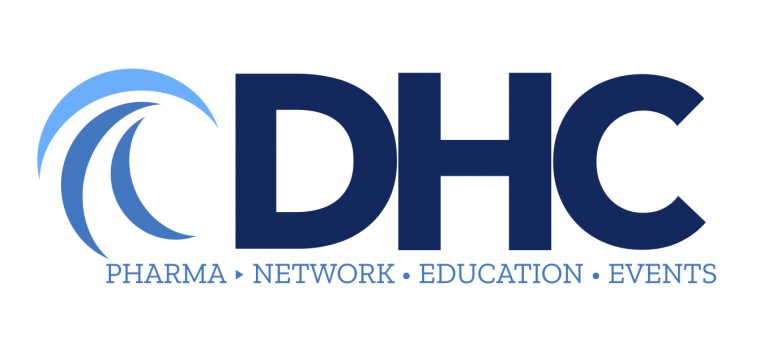Webinar: Key Steps of Crisis-Driven Change Management - April 2020
The DHC hosted a webinar with some welcome and familiar faces, including Marc Monseau (Founder, Mint Collective) and Zoe Dunn (Founder, Hale Advisors). Scheduled to join them was Pete Dannenfelser (AVP, Communications and Digital Innovation, Ferring Pharmaceuticals) who was unfortunately called away very last minute, but provide his insights to share with you below.
The webinar asked and answered a top-of-mind question for marketers looking to succeed right now “how can using responsive change management generate innovative solutions amid this uncertain environment?”
5 Key Steps of Responsive Change Management
This 20 minute on-demand webinar will walk viewers through key steps of a crisis-driven change management:
- Working with Small Core Team to Align on Strategic Goals
- Building a Framework to Conduct an Initial Assessment
- Establishing Stakeholder Inputs from Across Functions
- Identifying & Executing the Key Phases Change Management Plan
- Successfully Tracking Performance and Adjust the Plan

Pete Dannenfelser's Insights
Pete Dannenfelser followed up with his fellow subject matter experts and the DHC to provide his thoughts on a couple of key questions.
Digital Health Coalition: We often talk about getting “senior” leadership buy-in — but what about middle-layer management? Why are they important, and what steps can be put into place to gain their support and alignment?
Pete Dannenfelser: I think the concept of gaining “buy-in” by leadership level presents a potentially flawed strategy. In order to execute any change in an organization, there needs to be an evenly distributed amount of ownership. Mid-layer managers will execute what their leaders ask them to, but a winning team is better when the coach and players want to achieve the same thing. One of the jobs of those charged with change management is providing clarity to mid-managers about conversations and outcomes from meetings with their senior leaders. This will inspire a shared objective that they understand will become expected of them, leading to clearer goals and better results sooner.
Digital Health Coalition: Why, in the midst of a pandemic, is it important to now explore how to drive change within internal stakeholders — is there a burning platform?
Pete Dannenfelser: Change will come to all industries as a result of the current situation. The companies that most successfully emerge will have been monitoring the impact of the change thrust upon them in the way business is executed by looking for best practices and trends that can be continued once we all pull through this pandemic. The test and learn cycles have been shortened dramatically and important decisions will come quickly. The ability to adapt rapidly and learn to be comfortable with less information has become the most important core asset that managers at all levels need.
